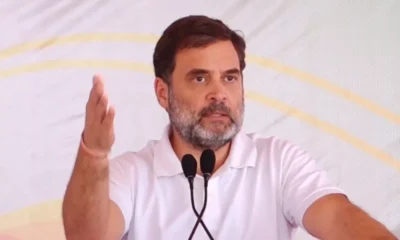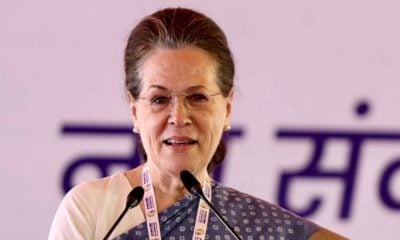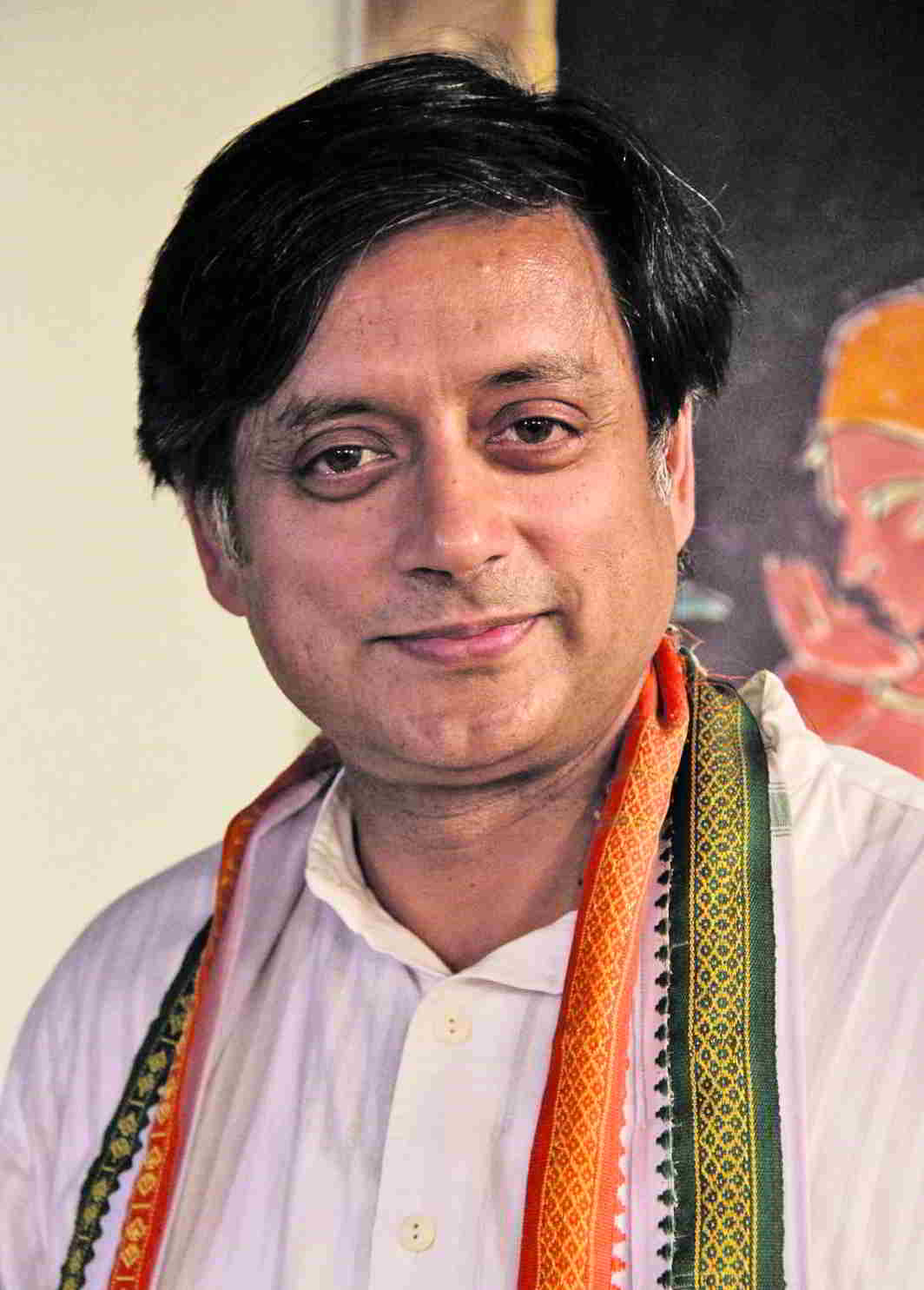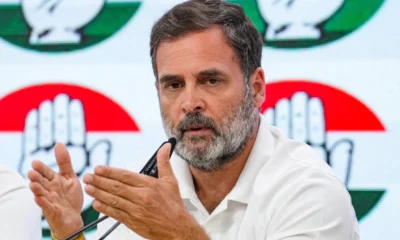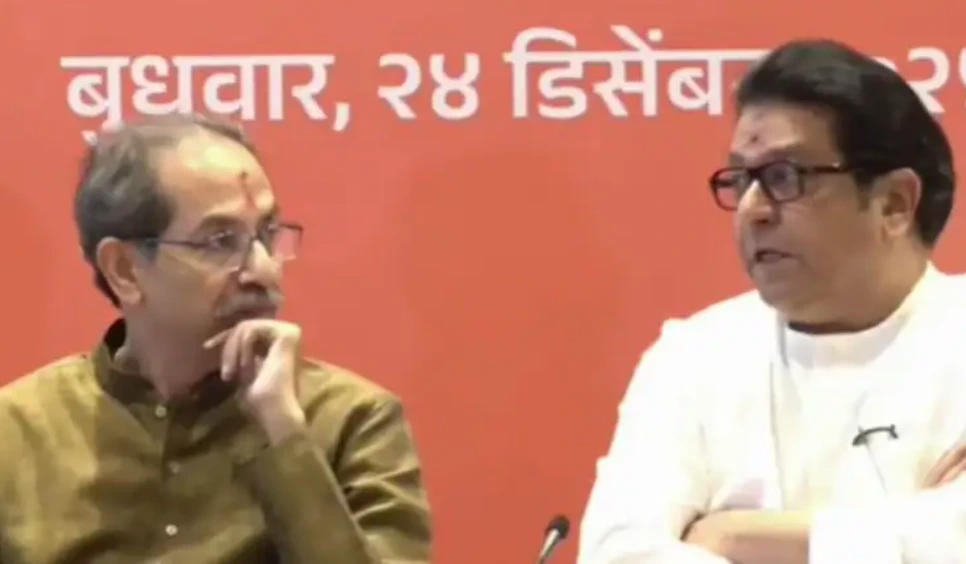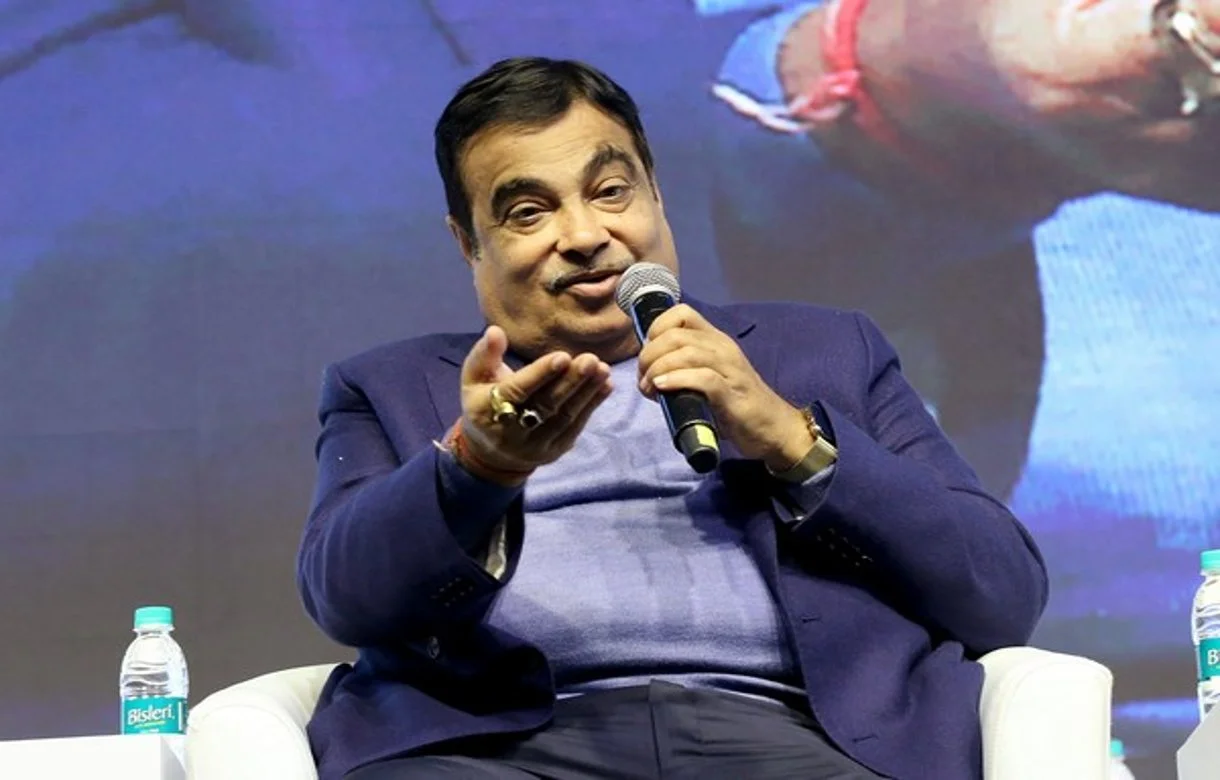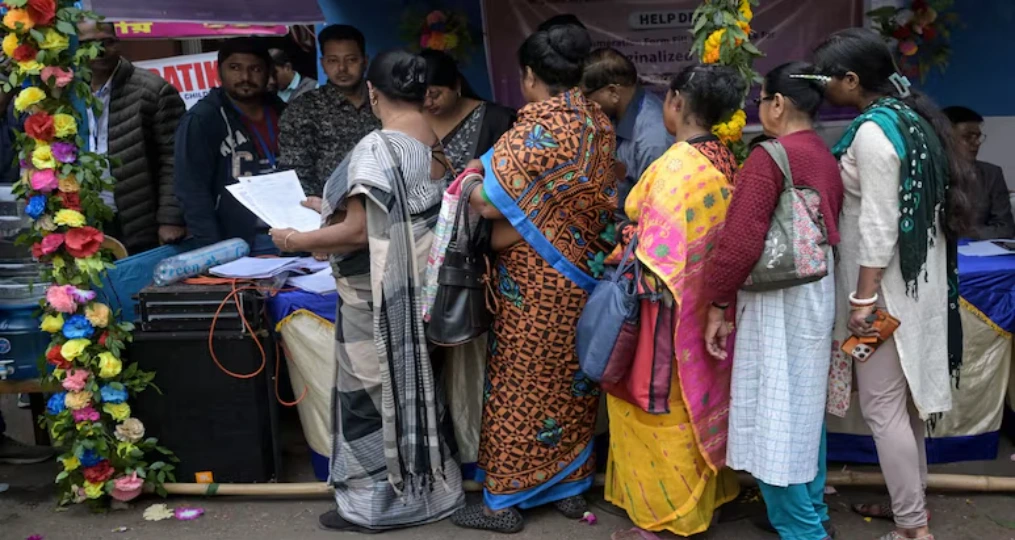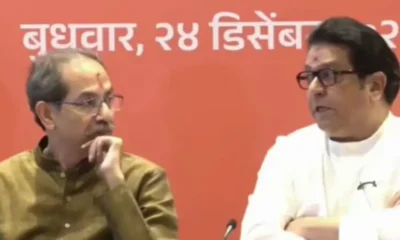India News
Campaign for Chhattisgarh elections ends, voters set to choose among jaded candidates
If all MLAs and few losers of the 2018 elections are re-elected, the Assembly will not look very different from what it has been over the last 20 years
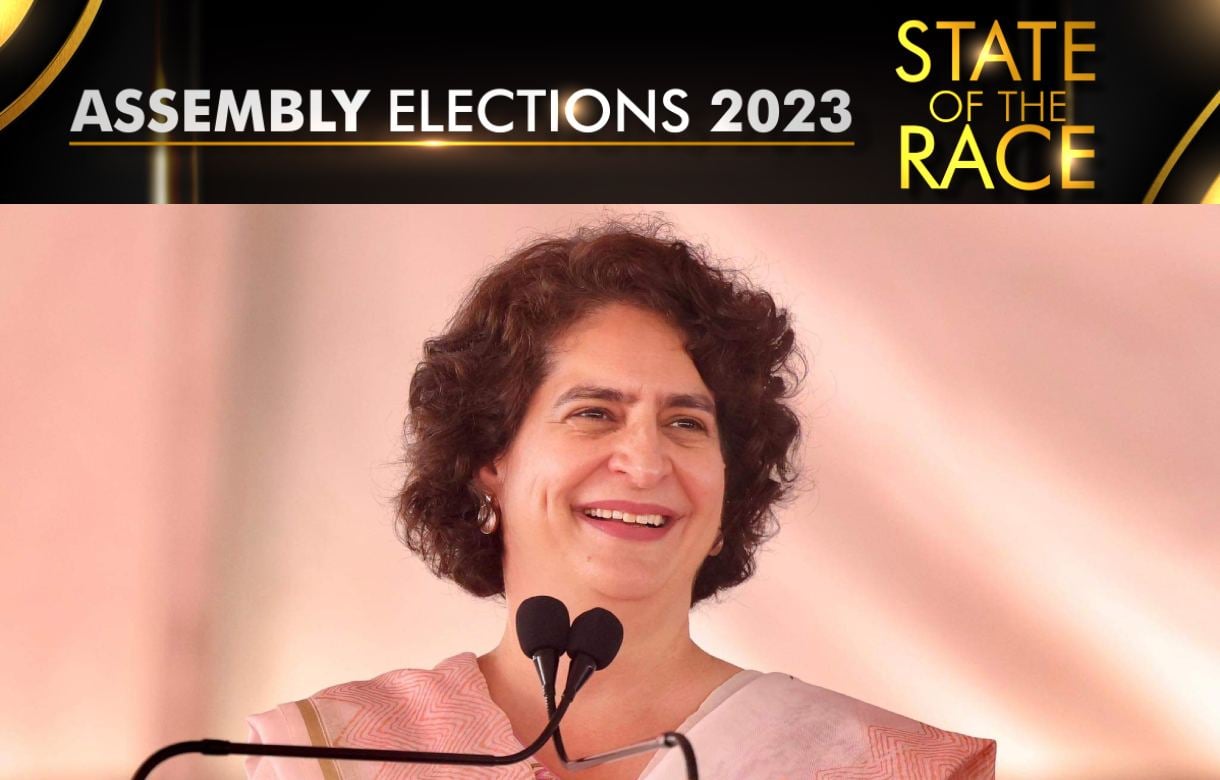
India News
Thackeray cousins reunite for Mumbai civic polls, announce Shiv Sena UBT–MNS alliance
Uddhav and Raj Thackeray have reunited after two decades, announcing a Shiv Sena–MNS alliance for the upcoming BMC elections with a focus on Marathi identity.
India News
Nitin Gadkari flags Delhi air pollution, says two-day stay causes infection
Union minister Nitin Gadkari says spending two days in Delhi leads to infection, flags fossil fuel use as a major cause of pollution and calls for alternative energy solutions.
India News
Over 24 lakh voters dropped from Kerala draft electoral roll after special revision
The Election Commission has removed over 24 lakh names from Kerala’s draft voter lists after verification during the Special Intensive Revision process.
-
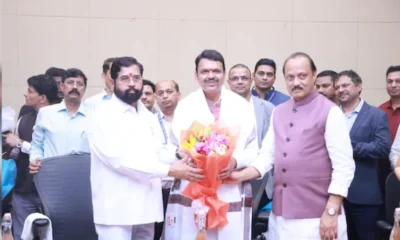
 India News23 hours ago
India News23 hours agoBJP raises seat offer to Eknath Shinde’s Shiv Sena to nearly 90 ahead of Mumbai civic polls, talks continue
-
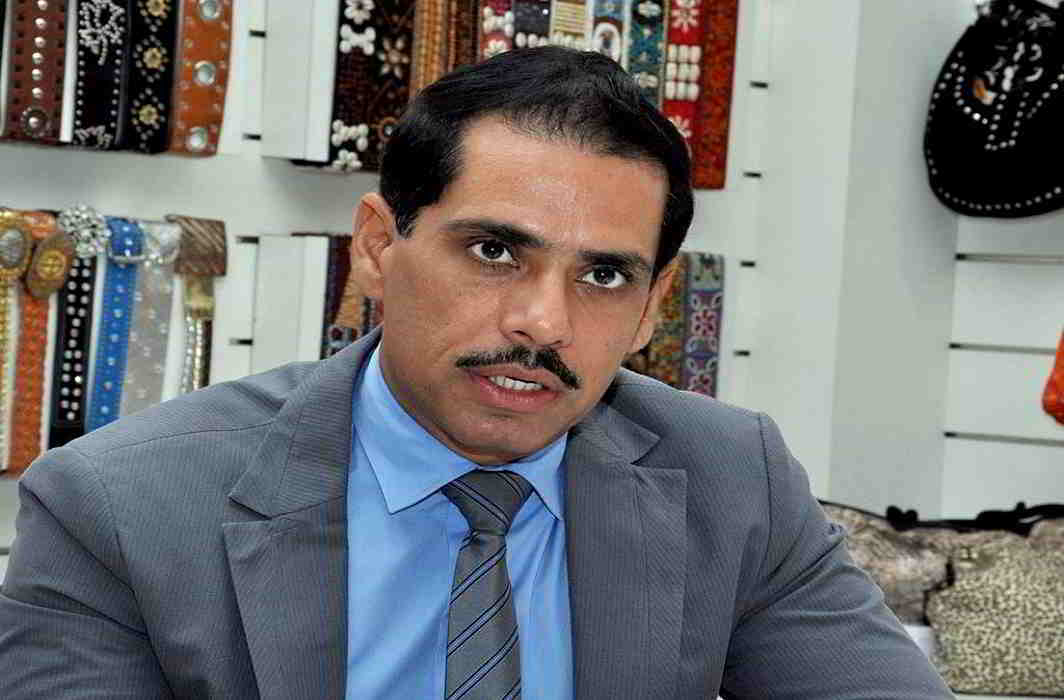
 India News23 hours ago
India News23 hours agoEveryone has their demands: Robert Vadra responds to calls for Priyanka Gandhi as PM candidate
-

 Entertainment23 hours ago
Entertainment23 hours agoThe Odyssey trailer: Christopher Nolan unveils first look of epic journey led by Matt Damon
-
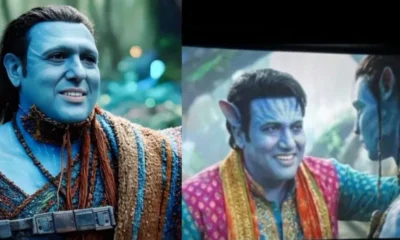
 Entertainment22 hours ago
Entertainment22 hours agoGovinda’s Avatar: Fire and Ash cameo clips go viral, truth behind the AI-generated videos
-
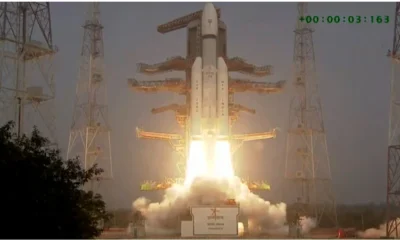
 India News7 hours ago
India News7 hours agoIndia’s LVM3 Baahubali rocket launches heaviest satellite ever from Indian soil
-
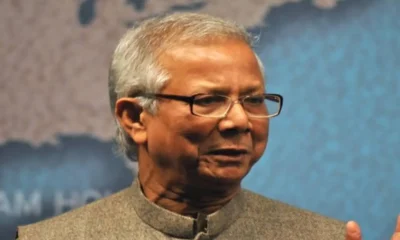
 Latest world news7 hours ago
Latest world news7 hours agoBangladesh student leader killing sparks allegation against Yunus-led interim government over February polls
-
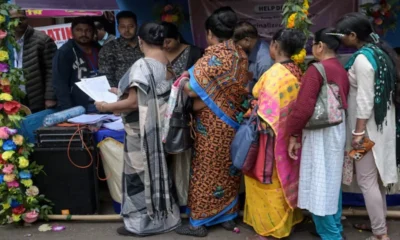
 India News7 hours ago
India News7 hours agoOver 24 lakh voters dropped from Kerala draft electoral roll after special revision
-
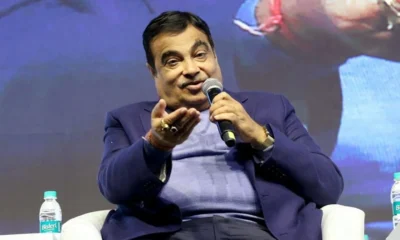
 India News3 hours ago
India News3 hours agoNitin Gadkari flags Delhi air pollution, says two-day stay causes infection

